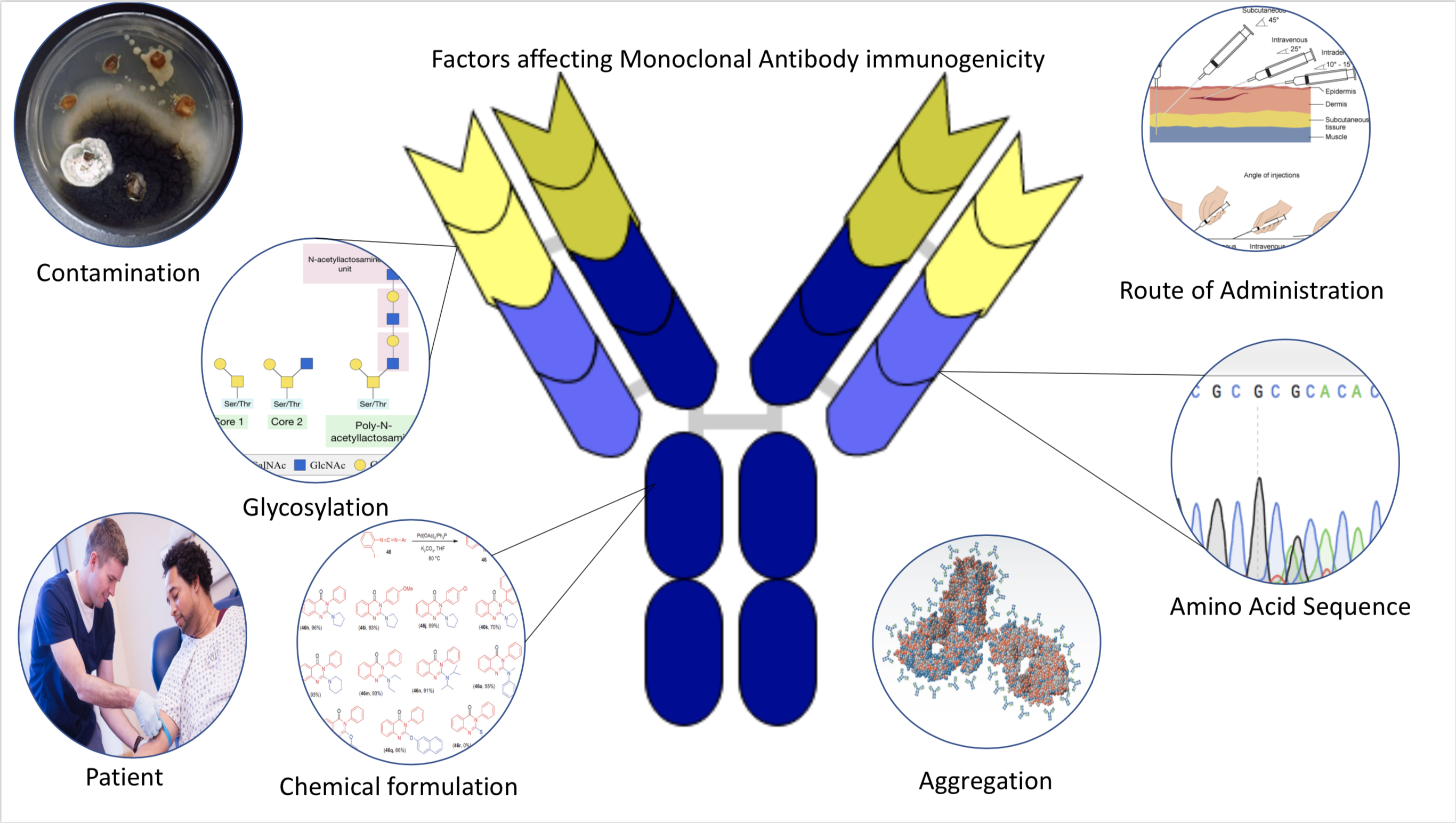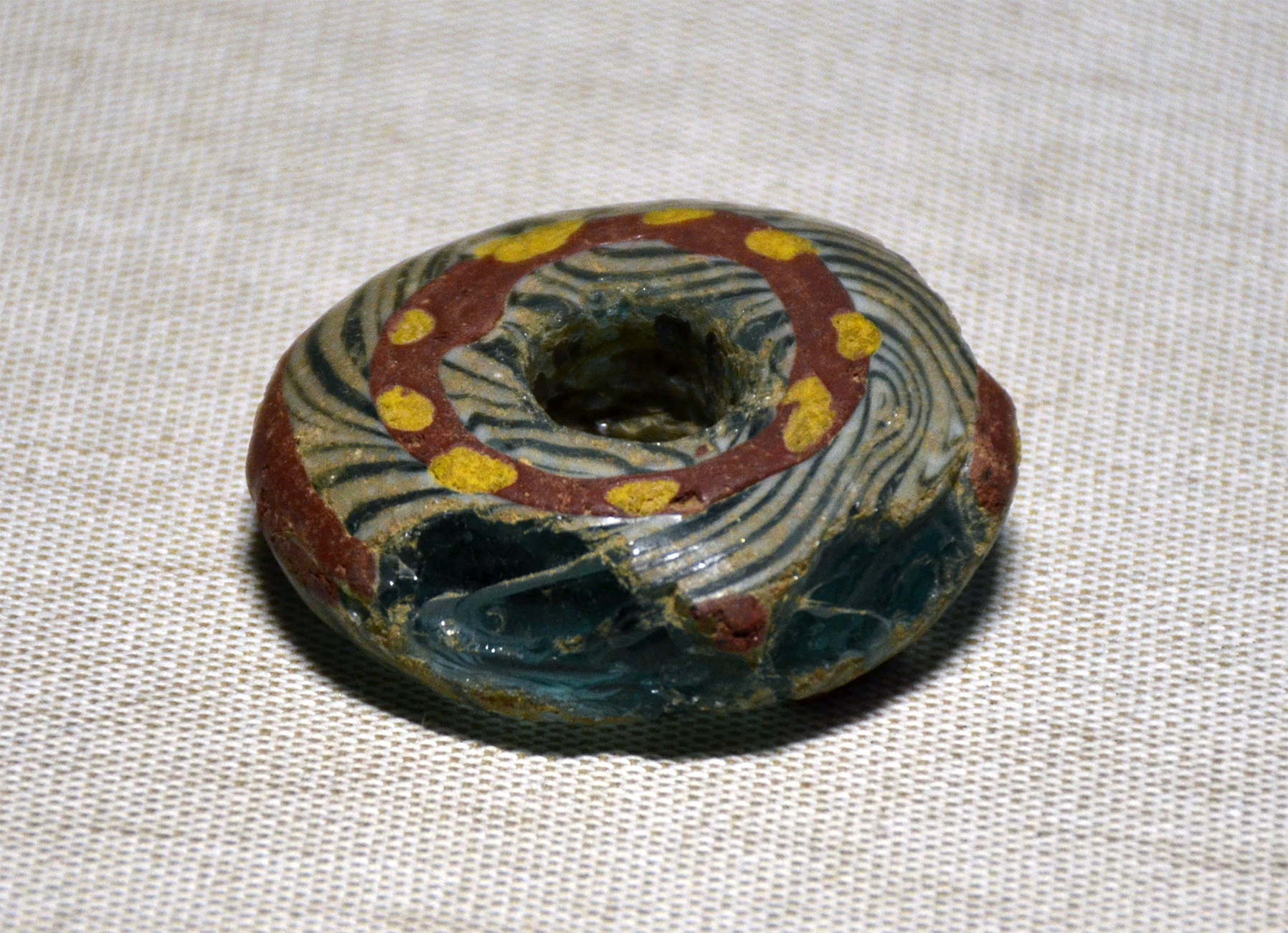|
Marginal Zone
The marginal zone is the region at the interface between the non-lymphoid red pulp and the lymphoid white-pulp of the spleen. (Some sources consider it to be the part of red pulp which borders on the white pulp, while other sources consider it to be neither red pulp nor white pulp.) A marginal zone also exists in lymph nodes. Structure It is composed of cells derived primarily from the myeloid compartment of bone marrow differentiation. More recently, a population of neutrophil-killers has been described to populate peripheral areas of the marginal zone. At least three distinct cellular markers can be used to identify cells of the marginal zone, MOMA-1, ERTR-9 and MARCO. Blood flow The marginal zone (MZ) is a highly transited area that receives large amounts of blood from the general circulation. Remarkably, the splenic microvasculature shows striking differences in mice and humans. In humans, the spleen receives blood from the splenic artery, which branches into central a ... [...More Info...] [...Related Items...] OR: [Wikipedia] [Google] [Baidu] |
Red Pulp
The red pulp of the spleen is composed of connective tissue known also as the cords of Billroth and many splenic sinusoids that are engorged with blood, giving it a red color. Its primary function is to filter the blood of antigens, microorganisms, and defective or worn-out red blood cells. The spleen is made of red pulp and white pulp, separated by the marginal zone; 76-79% of a normal spleen is red pulp. Unlike white pulp, which mainly contains lymphocytes such as T cells, red pulp is made up of several different types of blood cells, including platelets, granulocytes, red blood cells, and plasma. The red pulp also acts as a large reservoir for monocytes. These monocytes are found in clusters in the Billroth's cords (red pulp cords). The population of monocytes in this reservoir is greater than the total number of monocytes present in circulation. They can be rapidly mobilised to leave the spleen and assist in tackling ongoing infections. Sinusoids The splenic sinusoid ... [...More Info...] [...Related Items...] OR: [Wikipedia] [Google] [Baidu] |
Bacteria
Bacteria (; singular: bacterium) are ubiquitous, mostly free-living organisms often consisting of one biological cell. They constitute a large domain of prokaryotic microorganisms. Typically a few micrometres in length, bacteria were among the first life forms to appear on Earth, and are present in most of its habitats. Bacteria inhabit soil, water, acidic hot springs, radioactive waste, and the deep biosphere of Earth's crust. Bacteria are vital in many stages of the nutrient cycle by recycling nutrients such as the fixation of nitrogen from the atmosphere. The nutrient cycle includes the decomposition of dead bodies; bacteria are responsible for the putrefaction stage in this process. In the biological communities surrounding hydrothermal vents and cold seeps, extremophile bacteria provide the nutrients needed to sustain life by converting dissolved compounds, such as hydrogen sulphide and methane, to energy. Bacteria also live in symbiotic and parasitic re ... [...More Info...] [...Related Items...] OR: [Wikipedia] [Google] [Baidu] |
Immunogenicity
Immunogenicity is the ability of a foreign substance, such as an antigen, to provoke an immune response in the body of a human or other animal. It may be wanted or unwanted: * Wanted immunogenicity typically relates to vaccines, where the injection of an antigen (the vaccine) provokes an immune response against the pathogen, protecting the organism from future exposure. Immunogenicity is a central aspect of vaccine development. * Unwanted immunogenicity is an immune response by an organism against a therapeutic antigen. This reaction leads to production of anti-drug-antibodies (ADAs), inactivating the therapeutic effects of the treatment and potentially inducing adverse effects. A challenge in biotherapy is predicting the immunogenic potential of novel protein therapeutics. For example, immunogenicity data from high-income countries are not always transferable to low-income and middle-income countries. Another challenge is considering how the immunogenicity of vaccines changes with ... [...More Info...] [...Related Items...] OR: [Wikipedia] [Google] [Baidu] |
Listeria Monocytogenes
''Listeria monocytogenes'' is the species of pathogenic bacteria that causes the infection listeriosis. It is a facultative anaerobic bacterium, capable of surviving in the presence or absence of oxygen. It can grow and reproduce inside the host's cells and is one of the most virulent foodborne pathogens: 20 to 30% of foodborne listeriosis infections in high-risk individuals may be fatal. Responsible for an estimated 1,600 illnesses and 260 deaths in the United States annually, listeriosis ranks third in total number of deaths among foodborne bacterial pathogens, with fatality rates exceeding even '' Salmonella'' spp. and ''Clostridium botulinum''. In the European Union, listeriosis follows an upward trend that began in 2008, causing 2,161 confirmed cases and 210 reported deaths in 2014, 16% more than in 2013. Listeriosis mortality rates are also higher in the EU than for other foodborne pathogens. ''Listeria monocytogenes'' is a Gram-positive bacterium, in the phylum Bacillot ... [...More Info...] [...Related Items...] OR: [Wikipedia] [Google] [Baidu] |
Escherichia Coli
''Escherichia coli'' (),Wells, J. C. (2000) Longman Pronunciation Dictionary. Harlow ngland Pearson Education Ltd. also known as ''E. coli'' (), is a Gram-negative, facultative anaerobic, rod-shaped, coliform bacterium of the genus '' Escherichia'' that is commonly found in the lower intestine of warm-blooded organisms. Most ''E. coli'' strains are harmless, but some serotypes ( EPEC, ETEC etc.) can cause serious food poisoning in their hosts, and are occasionally responsible for food contamination incidents that prompt product recalls. Most strains do not cause disease in humans and are part of the normal microbiota of the gut; such strains are harmless or even beneficial to humans (although these strains tend to be less studied than the pathogenic ones). For example, some strains of ''E. coli'' benefit their hosts by producing vitamin K2 or by preventing the colonization of the intestine by pathogenic bacteria. These mutually beneficial relationships between ''E. co ... [...More Info...] [...Related Items...] OR: [Wikipedia] [Google] [Baidu] |
Beads
A bead is a small, decorative object that is formed in a variety of shapes and sizes of a material such as stone, bone, shell, glass, plastic, wood, or pearl and with a small hole for threading or stringing. Beads range in size from under to over in diameter. Beads represent some of the earliest forms of jewellery, with a pair of beads made from '' Nassarius'' sea snail shells dating to approximately 100,000 years ago thought to be the earliest known example. Beadwork is the art or craft of making things with beads. Beads can be woven together with specialized thread, strung onto thread or soft, flexible wire, or adhered to a surface (e.g. fabric, clay). Types of beads Beads can be divided into several types of overlapping categories based on different criteria such as the materials from which they are made, the process used in their manufacturing, the place or period of origin, the patterns on their surface, or their general shape. In some cases, such as millefiori and ... [...More Info...] [...Related Items...] OR: [Wikipedia] [Google] [Baidu] |
Latex
Latex is an emulsion (stable dispersion) of polymer microparticles in water. Latexes are found in nature, but synthetic latexes are common as well. In nature, latex is found as a milky fluid found in 10% of all flowering plants (angiosperms). It is a complex emulsion that coagulates on exposure to air, consisting of proteins, alkaloids, starches, sugars, oils, tannins, resins, and gums. It is usually exuded after tissue injury. In most plants, latex is white, but some have yellow, orange, or scarlet latex. Since the 17th century, latex has been used as a term for the fluid substance in plants, deriving from the Latin word for "liquid". It serves mainly as defense against herbivorous insects. Latex is not to be confused with plant sap; it is a distinct substance, separately produced, and with different functions. The word latex is also used to refer to natural latex rubber, particularly non- vulcanized rubber. Such is the case in products like latex gloves, latex ... [...More Info...] [...Related Items...] OR: [Wikipedia] [Google] [Baidu] |
Circulatory System
The blood circulatory system is a system of organs that includes the heart, blood vessels, and blood which is circulated throughout the entire body of a human or other vertebrate. It includes the cardiovascular system, or vascular system, that consists of the heart and blood vessels (from Greek ''kardia'' meaning ''heart'', and from Latin ''vascula'' meaning ''vessels''). The circulatory system has two divisions, a systemic circulation or circuit, and a pulmonary circulation or circuit. Some sources use the terms ''cardiovascular system'' and ''vascular system'' interchangeably with the ''circulatory system''. The network of blood vessels are the great vessels of the heart including large elastic arteries, and large veins; other arteries, smaller arterioles, capillaries that join with venules (small veins), and other veins. The circulatory system is closed in vertebrates, which means that the blood never leaves the network of blood vessels. Some invertebrates such as ... [...More Info...] [...Related Items...] OR: [Wikipedia] [Google] [Baidu] |
Antigen
In immunology, an antigen (Ag) is a molecule or molecular structure or any foreign particulate matter or a pollen grain that can bind to a specific antibody or T-cell receptor. The presence of antigens in the body may trigger an immune response. The term ''antigen'' originally referred to a substance that is an antibody generator. Antigens can be proteins, peptides (amino acid chains), polysaccharides (chains of monosaccharides/simple sugars), lipids, or nucleic acids. Antigens are recognized by antigen receptors, including antibodies and T-cell receptors. Diverse antigen receptors are made by cells of the immune system so that each cell has a specificity for a single antigen. Upon exposure to an antigen, only the lymphocytes that recognize that antigen are activated and expanded, a process known as clonal selection. In most cases, an antibody can only react to and bind one specific antigen; in some instances, however, antibodies may cross-reactivity, cross-react and bind more tha ... [...More Info...] [...Related Items...] OR: [Wikipedia] [Google] [Baidu] |
Particulate
Particulates – also known as atmospheric aerosol particles, atmospheric particulate matter, particulate matter (PM) or suspended particulate matter (SPM) – are microscopic particles of solid or liquid matter suspended in the air. The term ''aerosol'' commonly refers to the particulate/air mixture, as opposed to the particulate matter alone. Sources of particulate matter can be natural or anthropogenic. They have impacts on climate and precipitation that adversely affect human health, in ways additional to direct inhalation. Types of atmospheric particles include suspended particulate matter; thoracic and respirable particles; inhalable coarse particles, designated PM, which are coarse particles with a diameter of 10 micrometers (μm) or less; fine particles, designated PM, with a diameter of 2.5 μm or less; ultrafine particles, with a diameter of 100 nm or less; and soot. The IARC and WHO designate airborne particulates as a Group 1 carcinogen. Parti ... [...More Info...] [...Related Items...] OR: [Wikipedia] [Google] [Baidu] |
Venous Sinusoid
Veins are blood vessels in humans and most other animals that carry blood towards the heart. Most veins carry deoxygenated blood from the tissues back to the heart; exceptions are the pulmonary and umbilical veins, both of which carry oxygenated blood to the heart. In contrast to veins, arteries carry blood away from the heart. Veins are less muscular than arteries and are often closer to the skin. There are valves (called ''pocket valves'') in most veins to prevent backflow. Structure Veins are present throughout the body as tubes that carry blood back to the heart. Veins are classified in a number of ways, including superficial vs. deep, pulmonary vs. systemic, and large vs. small. *Superficial veins are those closer to the surface of the body, and have no corresponding arteries. *Deep veins are deeper in the body and have corresponding arteries. *Perforator veins drain from the superficial to the deep veins. These are usually referred to in the lower limbs and feet. * Communic ... [...More Info...] [...Related Items...] OR: [Wikipedia] [Google] [Baidu] |



_409-14%2C_Figure_1.png)




